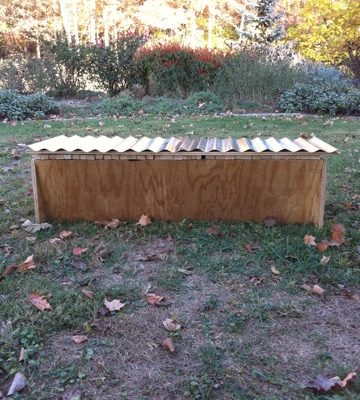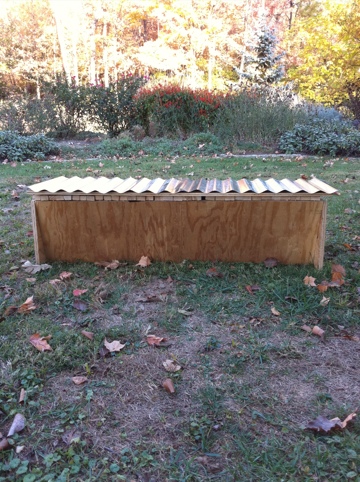Happy New Year, Reader, and what a perfect time for our thoughts to turn to the bees. :)
These past weeks, I’ve received a surprising number of emails and phone calls from those lucky people who received beehives for Christmas. And I must say, what a terrific gift idea! And for this very reason, next Christmas I plan to offer TwoHoneys gift certificates.
So, here are my January and February suggestions for those of you looking forward to your first season with bees:
- READ!
- Beekeepers are a smart bunch, and they read, read, read.
- Devour everything on Michael Bush’s website. Devour every word and image.
- Alternatively, buy Michael Bush’s book…same information…the website is free, but the book is more organized.
- Read The Complete Idiot’s Guide to Beekeeping. WHICH IS NOT FOR IDIOTS! This book is written for smart people by two very smart people.
- Join the beekeeping forums through which beekeepers from around the world become friends and share knowledge: Beemaster and Bee Source. For some reason I can’t explain, I lean toward the crowd over at Beemaster.com.
- Learn the difference between Langstroth hives and top-bar hives.
- Don’t discount the idea of running top-bar hives. I love them. Keep an open mind about it. I implore you.
- I run about half Langstroth hives and half top-bar hives, though I strongly strongly strongly prefer top-bar hives for backyard beekeepers or urban beekeepers or older beekeepers or young beekeepers or physically-challenged beekeepers or female beekeepers or short beekeepers.
- To learn more about top-bar hive beekeeping, please read Les Crowder’s Top Bar Beekeeping
- If you’ve determined that you’ll run Langstroth hives, Reader, I STRONGLY encourage you to run 8-frame, medium-depth equipment. This is a rather new practice, so if you’re not keeping up with the reading, you’ll probably follow the old path. And it will take you years to work your bees out of the old-thought system and into the newer one.
- I also STRONGLY encourage you to let your bees build their own beeswax foundation. In other words, don’t purchase any type of foundation for your frames. Your bees will respond exuberantly. And exuberance cannot be overrated.
- Once you’ve finished your first reading list, feel free to contact me. We can decide where to keep your hives and how to get your bees.
- In Ohio (which is where I live), we order our bees in February.
- The bees arrive mid April, which is when we need to have our equipment in place and our tools in order.
There. That should get us all started into the new year, yes?






